When you board an airline flight, you might not spend much time thinking about the engines. But they’re the only reason that 700,000 pounds (ca. 318 t) of aluminum and passengers can hurtle through the air at 80% the speed of sound. So how do they work? Let’s take a look.
Also, read – How A Propeller Generates Thrust
The Basics
Jet engines, which are also called gas turbines,
Work by sucking air into the front of the engine using a fan.
From there, the engine compresses the air, mixes fuel with it,
Ignites the fuel/air mixture, and shoots it out the back of the engine, creating thrust.
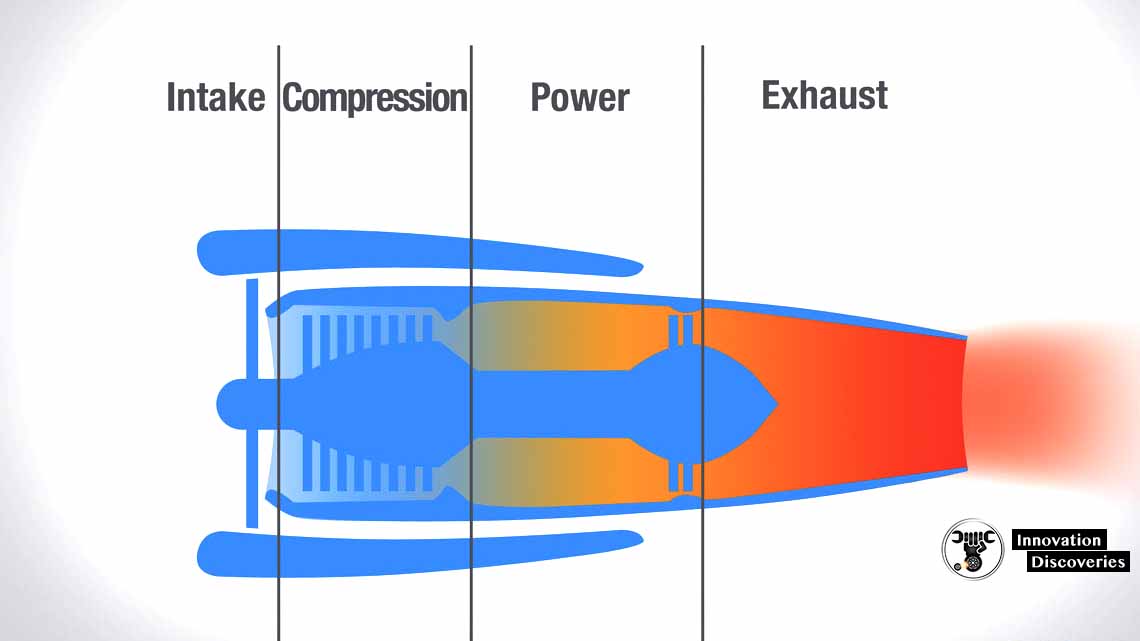
That’s a pretty basic explanation of how it works,
So, let’s take a look at each section of a jet engine to see what’s going on.
Parts Of A Jet Engine
There are 4 main types of turbine engines,
But for this example, we’ll use the turbofan,
Which is the most common type of turbine engine found on airline jets today.
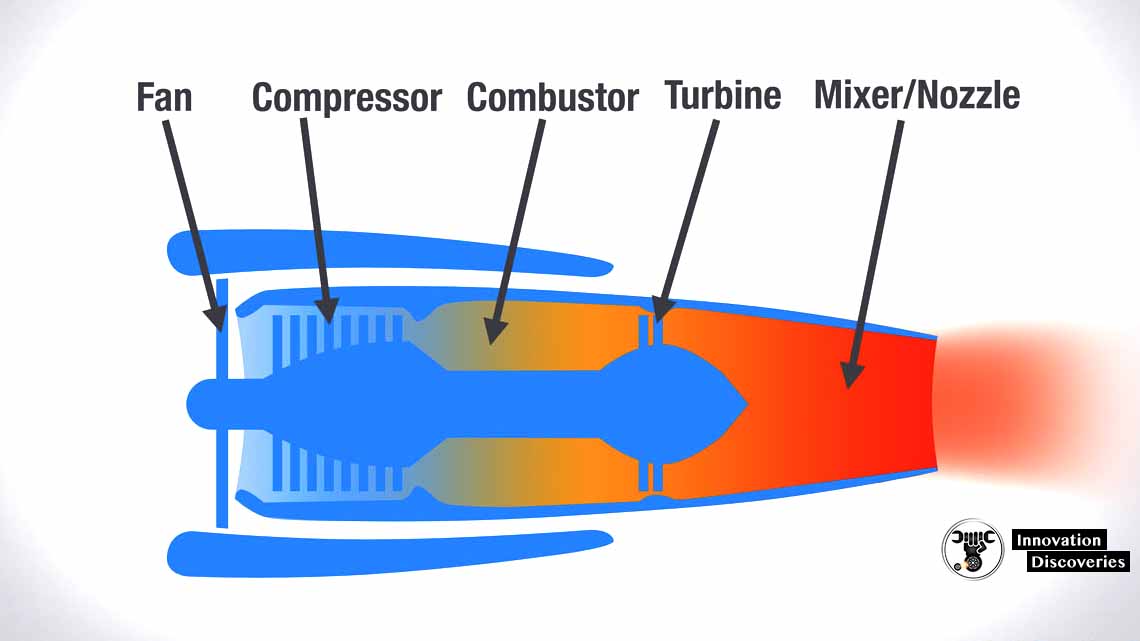
The Fan
The first part of the turbofan is the fan. It’s also the part that you can see when you’re looking at the front of a jet.
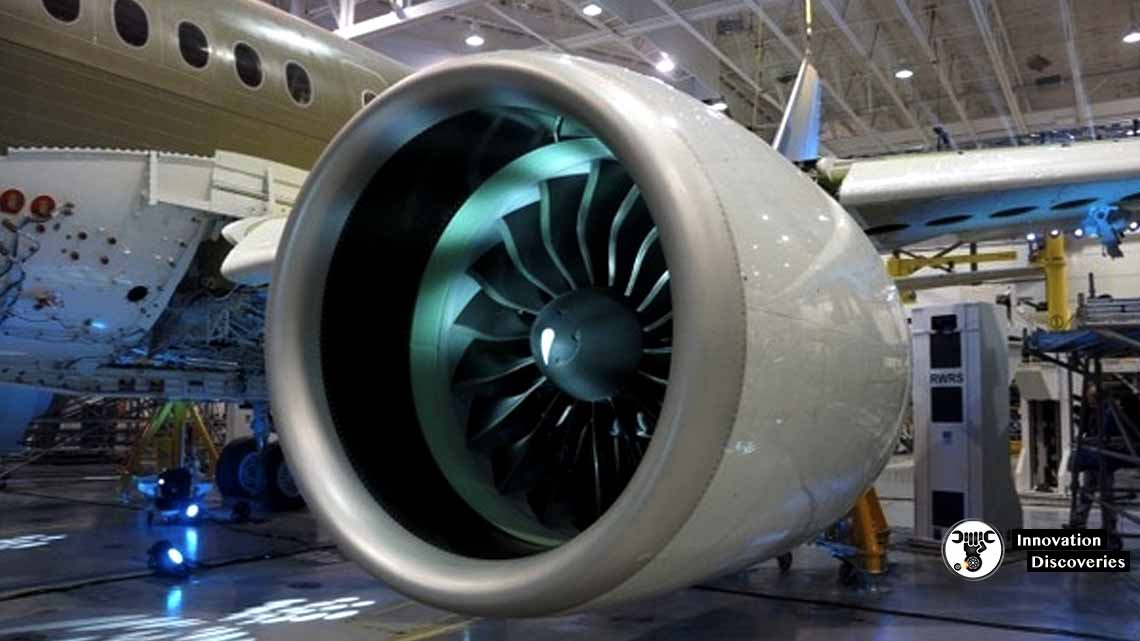
The fan, which almost is always is made of titanium blades,
Sucks in tremendous quantities of air into the engine.
The air moves through two parts of the engine. Some air is directed into the engine’s core, where the combustion will occur. The rest of the air, called “bypass air”, is moved around the outside of the engine core through a duct.
This bypass air creates additional thrust, cools the engine,
And makes the engine quieter by blanketing the exhaust air that’s exiting the engine. In today’s modern turbofans,
Bypass air produces the majority of an engine’s thrust.
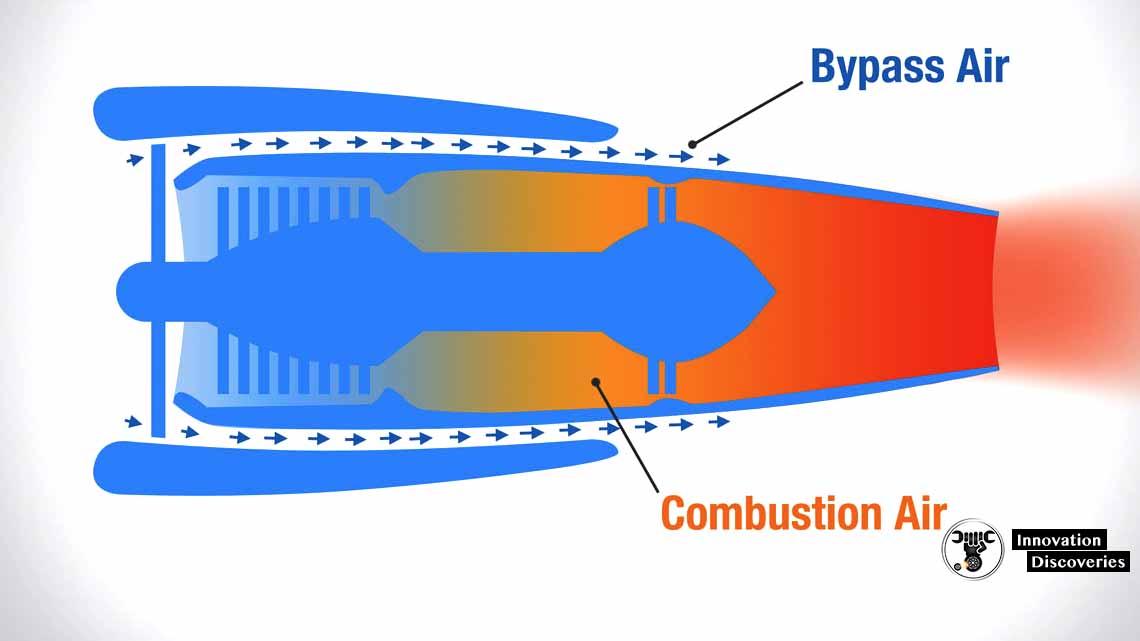
The Compressor
The compressor is located in the first part of the engine core.
And it, as you probably have guessed, compresses the air.
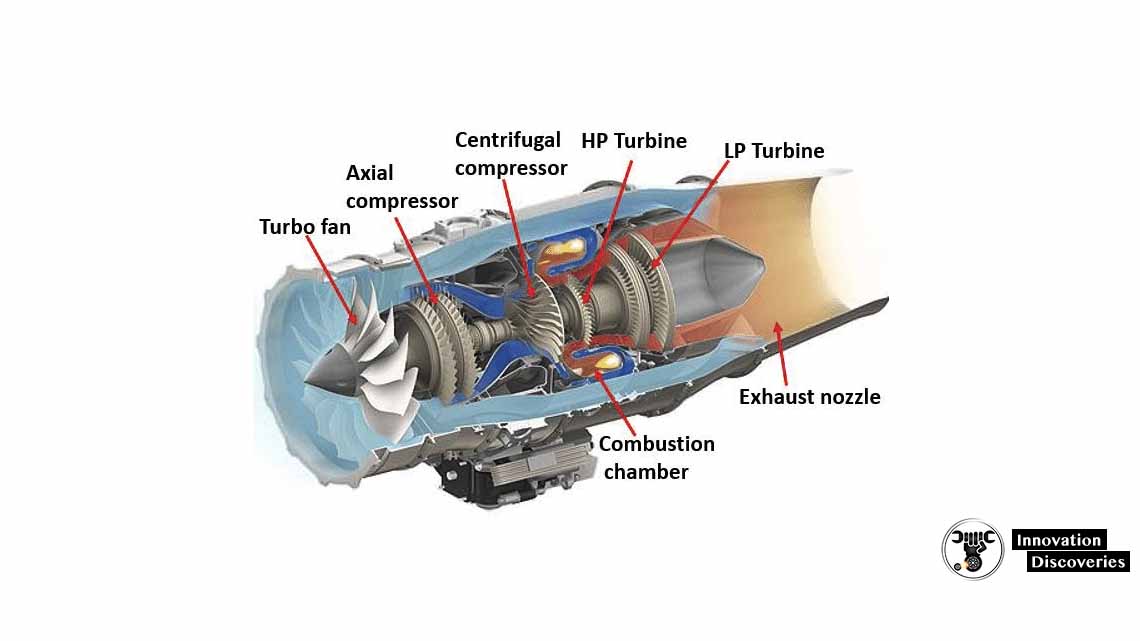
The compressor, which is called an “axial flow compressor”,
Uses a series of airfoil-shaped spinning blades to speed up and compress the air.
It’s called axial flow because the air passes through the engine in a direction parallel to the shaft of the engine (as opposed to centrifugal flow).
As the air moves through the compressor,
Each set of blades is slightly smaller, adding more energy and compression to the air.
In between each set of compressor blades are non-moving airfoil-shaped blades called “stators”? These stators (which are also called vanes),
Increase the pressure of the air by converting the rotational energy into static pressure. The stators also prepare the air for entering the next set of rotating blades. In other words, they “straighten” the flow of air.
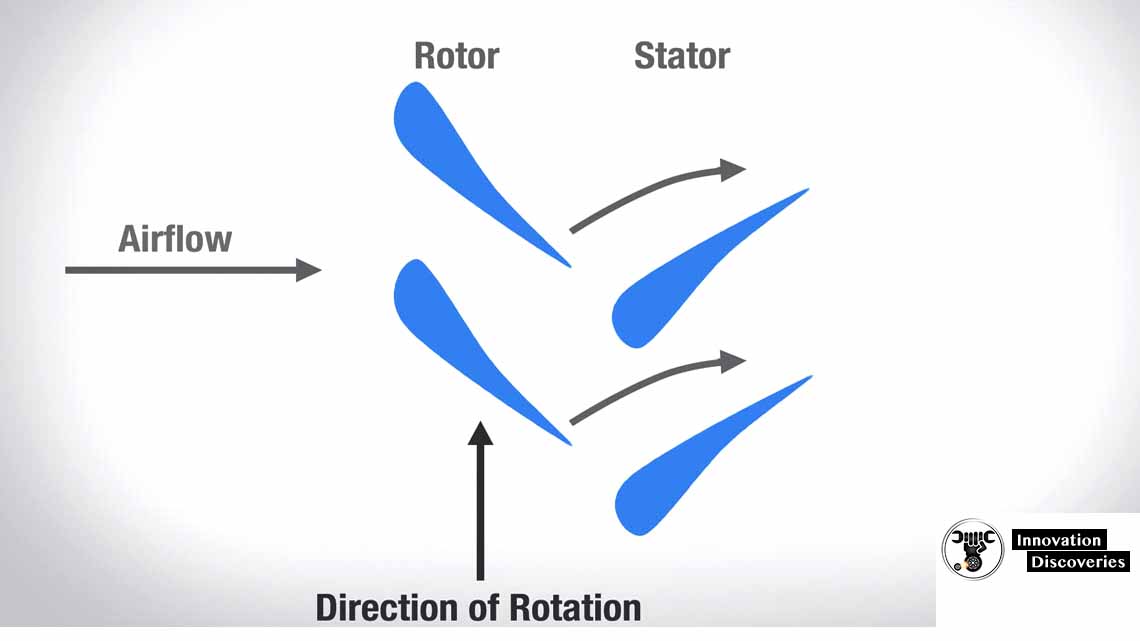
When combined, a pair of rotating and stationary blades is called a stage.
The Combustor
The combustor is where the fire happens. As air exits the compressor and enters the combustor, it is mixed with fuel, and ignited.
It sounds simple, but it’s a very complex process. That’s because the combustor needs to maintain stable combustion of fuel/air mixture,
While the air is moving through the combustor at an extremely fast rate.
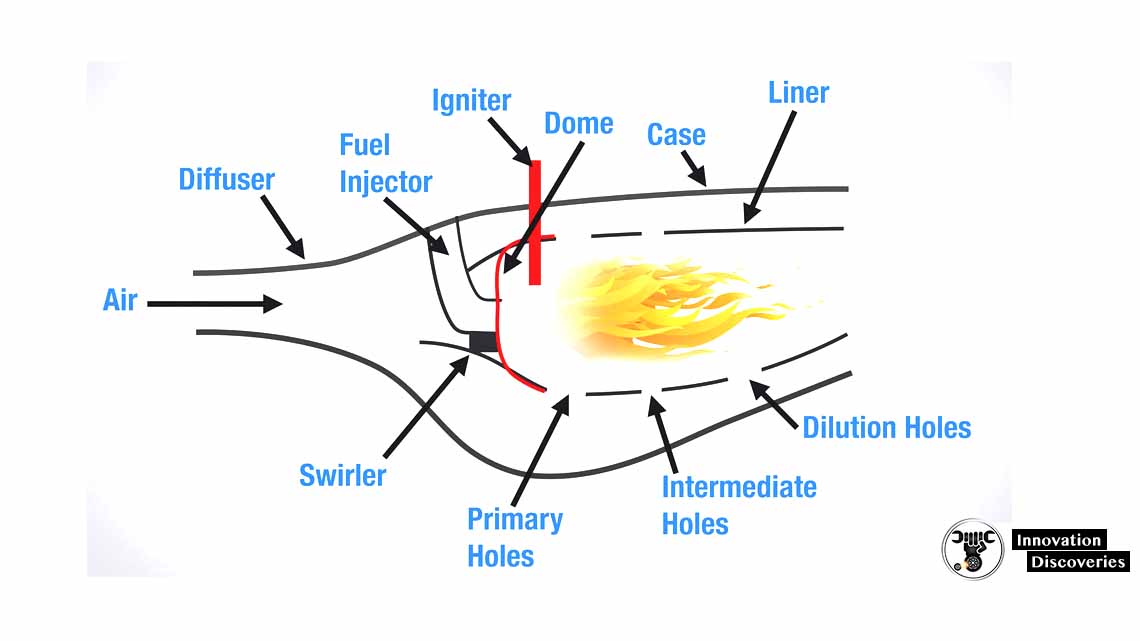
The case contains all the parts of the combustor,
And inside it, the diffuse is the first part that does work.
The diffuser slows down the air from the compressor,
Making it easier to ignite. The dome and swirler add turbulence to the air so it can more easily mix with the fuel. And the fuel injector, as you probably guessed,
Sprays fuel into the air, creating a fuel/air mixture that can be ignited.
From there, the liner is where the actual combustion happens.
The liner has several inlets,
Allowing air to enter at multiple points in the combustion zone.
The last main part is the igniter, which is very similar to the spark plugs in your car or piston-engine airplane. Once the igniter lights the fire,
It is self-sustaining, and the igniter is turned off (although it’s often used as a back-up in bad weather and icing conditions).
The Turbine
Once the air makes its way through the combustor, it flows through the turbine. The turbine is a series of airfoil-shaped blades that are very similar to the blades in the compressor. As the hot, high-speed air flows over the turbine blades,
They extract energy from the air, spinning the turbine around in a circle,
And turning the engine shaft that it’s connected to.

This is the same shaft that the fan and compressor are connected to,
So, by spinning the turbine, the fan and compressor on the front of the engine continue
Sucking in more air that will soon be mixed with fuel and burned.
The Nozzle
The last step of the process happens in the nozzle.
The nozzle is essentially the exhaust duct of the engine,
And it’s where the high-speed air shoots out the back.
Also, read – How Propeller Works & Functions Of Propeller
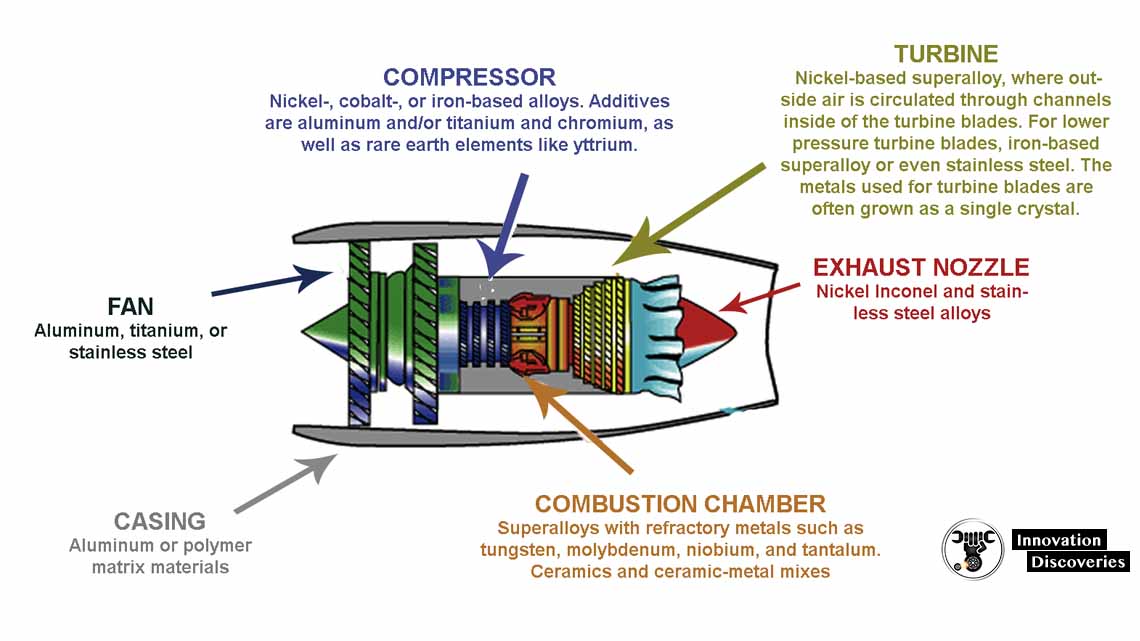
This is also the part where Sir Isaac Newton’s third law comes into play:
For every action, there is an equal and opposite reaction. Put simply, by forcing air out the back of the engine at high-speed, the airplane is pushed forward.
In some engines, there’s a mixer in the exhaust nozzle as well. This simply mixes some of the bypass air flowing around the engine winsome
Combusted air, making the engine quieter.
Putting It All Together
Jet engines produce incredible amounts of thrust by drawing in air,
Compressing it, igniting it, and exhausting it out the back. And they do it all in a very fuel-efficient manner.
So the next time you climb aboard an airliner,
Whether you’re the pilot up front or riding in the back, take a second to thank the engineers;
Who made it possible for your jet to streak across the sky at 80% of the speed of sound.
See More:
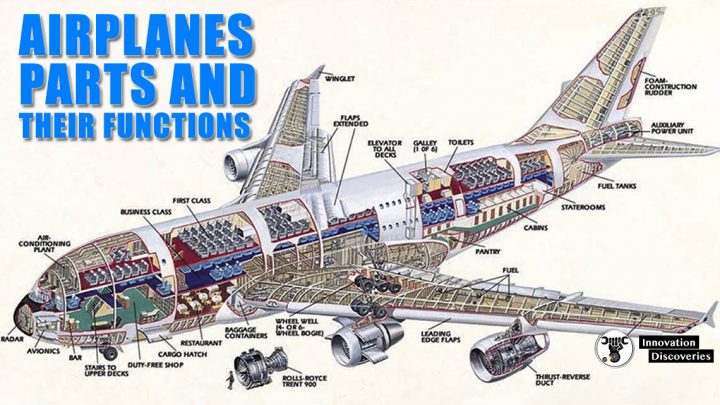
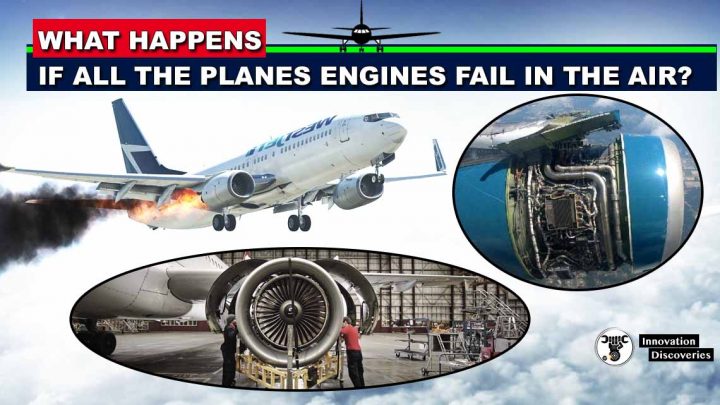


2 Comments